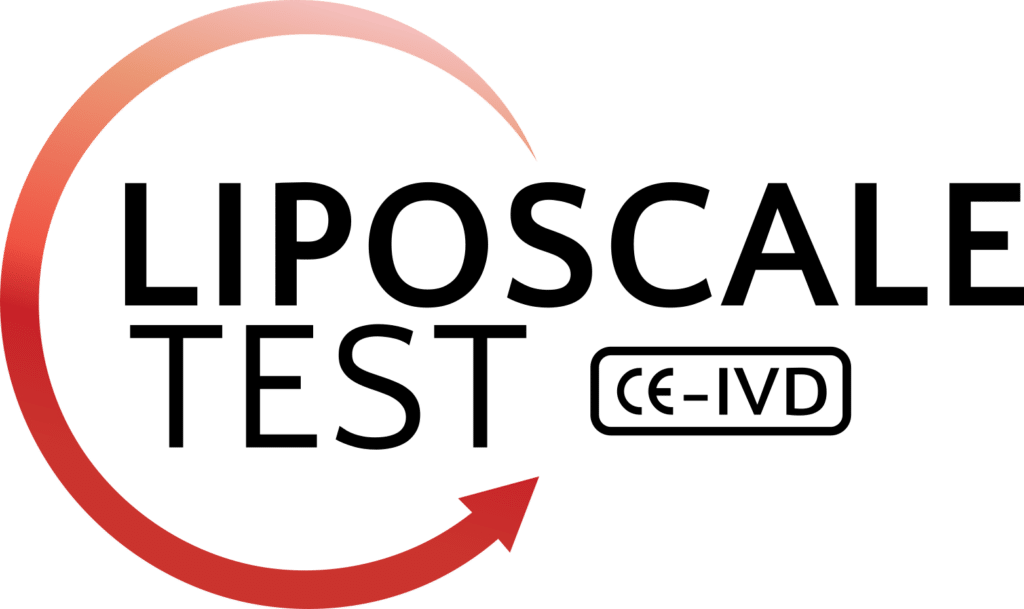GlycA and GlycB as Inflammatory Markers in Chronic Heart Failure
The role of inflammation in heart failure (HF) has been extensively described, but it is uncertain whether inflammation exerts a different prognostic influence according to etiology. We aimed to examine the inflammatory state in chronic HF by measuring N-acetylglucosamine/galactosamine (GlycA) and sialic acid (GlycB), evolving proton nuclear magnetic resonance biomarkers of systemic inflammation, and explore […]
Biomarkers of stable and decompensated phases of heart failure with preserved ejection fraction
Background: Heart failure with preserved ejection fraction (HFpEF) is a disorder related to patient comorbidities and aging. Whether mitochondrial dysfunction is present during HFpEF decompensation versus the stable phase is largely unknown. The aim of the present study was to identify mitochondrial and cell metabolism blood biomarkers in older patients with acute and stable HFpEF. Methods: Peripheral […]
Humoral responses against HDL particles are linked to lipoprotein traits, atherosclerosis occurrence, inflammation and pathogenic pathways during the earliest stages of arthritis
Objective chronic inflammation and immune dysregulation are crucial mechanisms for atherosclerosis in rheumatoid arthritis (RA). Recent evidence suggests a link via humoral responses against high-density lipoproteins (HDL). However, their specificity, clinical relevance and emergence along disease course are unknown, especially during the earliest phases of RA. Methods IgG and IgM serum levels of antibodies […]
Cardiac telerehabilitation with long-term follow-up reduces GlycA and improves lipoprotein particle profile: A randomised controlled trial
Background: A 10-month strategy of cardiac telerehabilitation (CTR) improved outcomes over a standard centre-based cardiac rehabilitation (CBCR), as recently published. We hypothesised that prolonged telerehabilitation could also improve proinflammatory status and lipoprotein particle composition. Methods: A randomised controlled trial compared a prolonged CTR program with CBCR in post-ACS patients. Patient’s age was 18-72 years with […]
Human plasma glycoprotein profile measured by 1H-nuclear magnetic resonance spectroscopy in patients with diabetes and/or atherogenic dyslipidemia, a new method to assess inflammation
Background and Aims : Patients with type 2 diabetes mellitus (T2DM) and atherogenic dyslipidaemia (AD) are at higher risk of developing cardiovascular diseases (CVDs) so interest in discovering inflammation biomarkers as indicators of processes related to CVD progression is increasing. This study aims to characterize the plasma glycoprotein profile of a cohort of 504 participants […]
Unveiling the antiatherogenic role of advanced lipoprotein characteristics in postoperative subjects with morbid obesity
Background and Aims : Nuclear magnetic resonance (1H-NMR) analysis have recently used to uncover hidden quantitative lipoprotein characteristics in cardiometabolic scenarios. The aim of this study was to assess whether bariatric surgery (BS) improved the quantitative characteristics of lipoproteins and their relationship with the presence of atherosclerotic plaque. Methods: The number, size, and lipid content […]
Factors Modulating COVID-19: A Mechanistic Understanding Based on the Adverse Outcome Pathway Framework
Addressing factors modulating COVID-19 is crucial since abundant clinical evidence shows that outcomes are markedly heterogeneous between patients. This requires identifying the factors and understanding how they mechanistically influence COVID-19. Here, we describe how eleven selected factors (age, sex, genetic factors, lipid disorders, heart failure, gut dysbiosis, diet, vitamin D deficiency, air pollution and exposure […]
Identification of a Gain-of-Function LIPC Variant as a Novel Cause of Familial Combined Hypocholesterolemia
Background: Atherosclerotic cardiovascular disease is the main cause of mortality worldwide and is strongly influenced by circulating low-density lipoprotein (LDL) cholesterol levels. Only a few genes causally related to plasma LDL cholesterol levels have been identified so far, and only 1 gene, ANGPTL3, has been causally related to combined hypocholesterolemia. Here, our aim was to […]
Muscular carnosine is a marker for cardiorespiratory fitness and cardiometabolic risk factors in men with type 1 diabetes
Purpose: Muscle is an essential organ for glucose metabolism and can be influenced by metabolic disorders and physical activity. Elevated muscle carnosine levels have been associated with insulin resistance and cardiometabolic risk factors. Little is known about muscle carnosine in type 1 diabetes (T1D) and how it is influenced by physical activity. The aim of this […]
Cord Blood Advanced Lipoprotein Testing Reveals an Interaction between Gestational Diabetes and Birth-Weight and Suggests a New Early Biomarker of Infant Obesity.
Abstract Abnormal lipid metabolism is associated with gestational diabetes mellitus (GDM) and is observed in neonates with abnormal fetal growth. However, the underlying specific changes in the lipoprotein profile remain poorly understood. Thus, in the present study we used a novel nuclear magnetic resonance (NMR)-based approach to profile the umbilical cord serum lipoproteins. Two-dimensional diffusion-ordered […]


